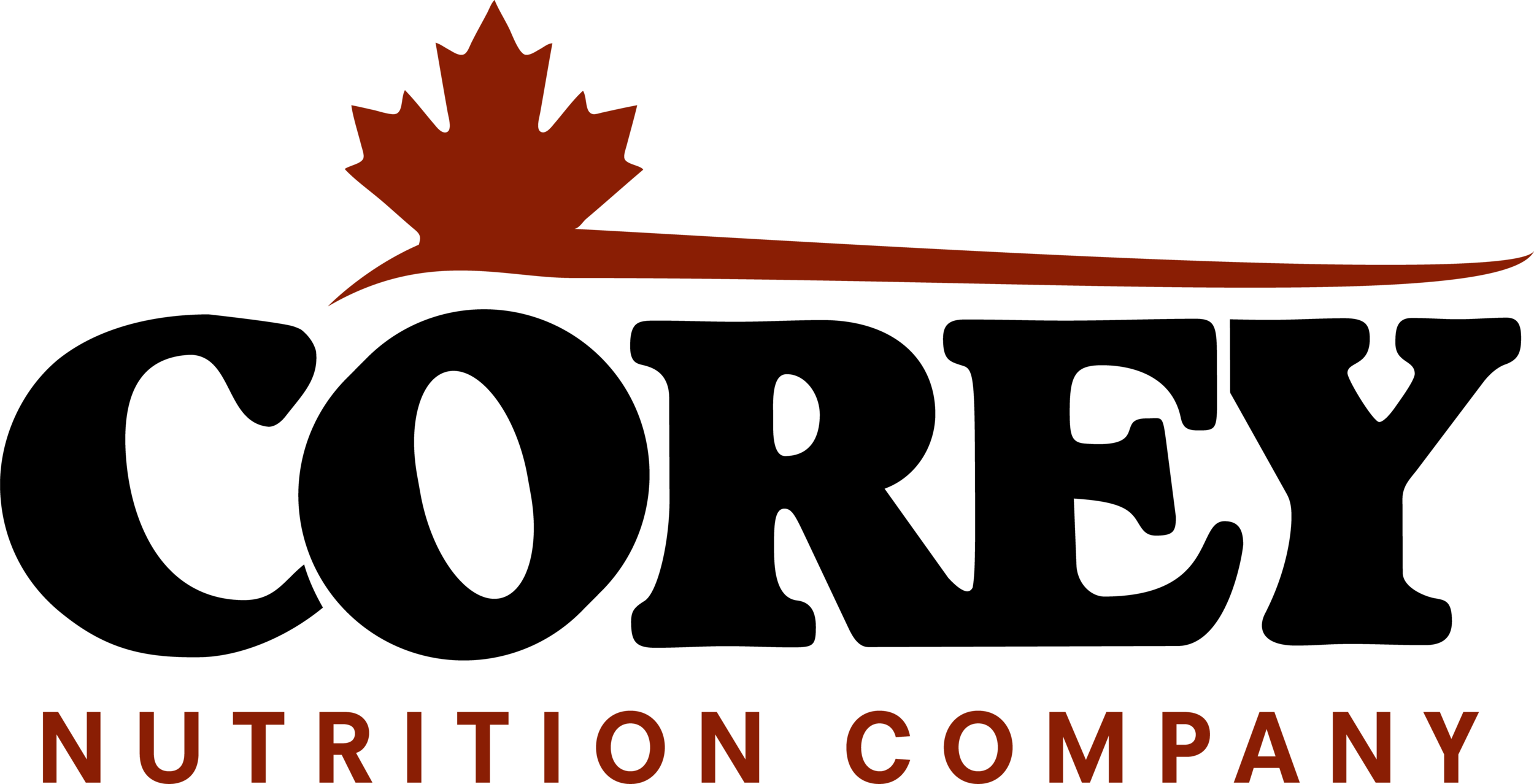PLATINUM PAW MODULE 1
Moisture in Pet Food
LEVELS
When a pet food label is read, a consumer should always take into account the quantity of moisture in the product. Typically the labels are written to reflect the product on an “as fed” basis. This includes the listed level of moisture in the product. However, the moisture level can vary from product to product when dealing with kibble, but will vary drastically from kibble to canned food. In kibble, moisture is typically anywhere from 6-12%, where canned foods may contain up to 78% water. To properly compare the levels of minerals, vitamins, and nutrients between products, the water % must be removed. This comparison equalizes the playing field for all types of food, and is known as “dry-matter basis.” To do this, a simple calculation is required:
DM = (% nutrient in question / (100-% moisture)) x 100
DRY MATTER CALCULATION
Where DM = dry matter; % nutrient = protein, fat, calcium, vitamin A, whichever your nutrient of interest from guaranteed analysis; % moisture= located in guaranteed analysis.
For example, if two pet food labels read as follows:
Guaranteed Analysis food 2:
Protein (min) 15%
Fat (min) 10%
Moisture (max) 70%
Fibre (max) 8%
Ash (max) 7%
Guaranteed Analysis food 1:
Protein (min) 32%
Fat (min) 17%
Moisture (max) 10%
Fibre (max) 6%
Ash (max) 6%
The moisture contents in these two types of food are very different. Let’s compare protein levels between the two by using the above calculation.
Food 1:
DM1 = (32% / (100 - 10%)) x 100
DM1 = 35.6%
Food 2:
DM2 = (15% / (100 - 70%)) x 100
DM2 = 50%
Food 1 contains 35.6% protein on a dry matter basis. Food 2 contains 50% protein on a dry matter basis. This means that although food 2 contains less protein when listed “as fed” on the label, the dry content of the food is much higher in protein than food 1.
This is same calculation that should be done to compare any mineral, vitamin or nutrient listed when comparing different brands of food!

